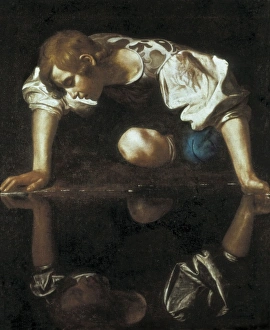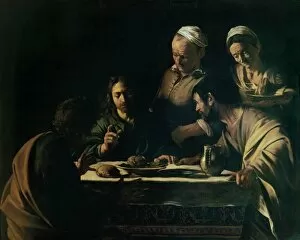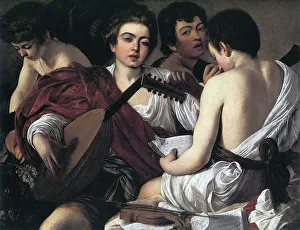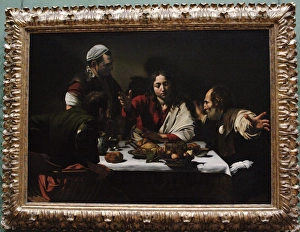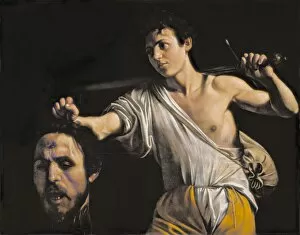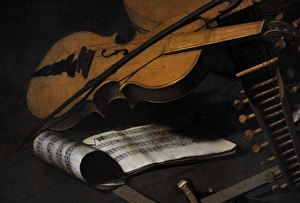Merisi Collection
Merisi, also known as Michelangelo Merisi da Caravaggio, was an Italian painter who lived from 1573 to 1610
All Professionally Made to Order for Quick Shipping
Merisi, also known as Michelangelo Merisi da Caravaggio, was an Italian painter who lived from 1573 to 1610. He is renowned for his unique style and revolutionary approach to art. One of his notable works is "The Crucifixion of St. Peter, " a powerful depiction of the martyrdom of the apostle. In another masterpiece called "The Musicians, " created around 1595, Caravaggio showcases his ability to capture human emotions through vivid expressions and realistic details. This painting exemplifies his talent in portraying ordinary people with extraordinary intensity. Caravaggio's "Supper at Emmaus" painted in 1601 demonstrates his mastery in using light and shadow to create dramatic effects. The scene depicts the moment when Jesus reveals himself to two disciples after his resurrection, capturing their astonishment and awe. Another captivating artwork by Caravaggio is "Amor Victorious" from 1601-1602, which portrays Cupid triumphing over various symbols of love's power. This piece reflects Caravaggio's fascination with contrasting themes such as beauty and violence. One iconic painting that showcases Caravaggio's dark yet compelling style is "David with the Head of Goliath. " It depicts David holding Goliath's severed head, symbolizing victory over evil forces while exploring themes of power and vulnerability. Despite facing personal challenges throughout his life, including legal troubles and a tumultuous temperament, Caravaggio left an indelible mark on art history. His innovative techniques influenced countless artists who followed him. Today, we continue to appreciate the genius behind Michelangelo Merisi da Caravaggio's work through exhibitions worldwide where masterpieces like "Judith and Holofernes" are displayed. This painting captures Judith beheading Holofernes with intense realism that both shocks viewers and leaves them in awe of its artistic brilliance. "The Laying in the Tomb, " also known as "The Deposition, " is another poignant piece by Caravaggio.

